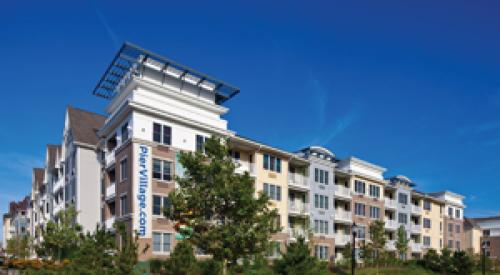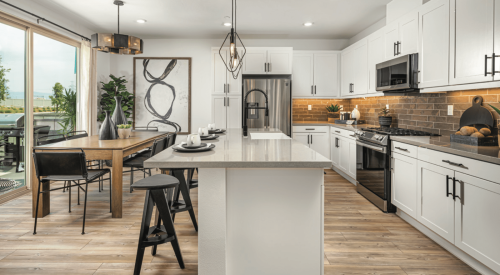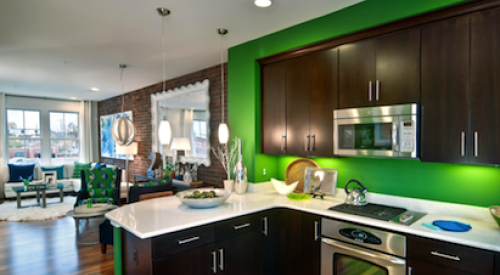| Paul Deffenbaugh Editorial Director |
I don’t know what the future of our industry is going to be, but I do know one thing: it will be substantially different than the current model. Everything from land planning to floor plans to transportation will change.
Perhaps the biggest change that will affect home building is a transfer of generations. For 30 years, the industry has been dominated by baby boomers. They’re rapidly departing their peak earning years, and a new generation — Gen Y, Millenials or whatever we want to call them — is moving in. And it ain’t your father’s generation.
Their desires are going to drive home building for the next 30 years. Will they continue to want houses in the suburbs on ¼-acre lots? Or will the new ideal be a community defined by easy access to restaurants, culture and transportation? Customer demand is going to change, and the key will be keeping on top of those changes. Anticipating them can be risky.
|
The home building industry is going through massive change, but the future is not clearly written. |
But a new generation isn’t the only area of home building that will significantly change. My belief is that we’re entering an era of scarcity that will force our society to make harder decisions about what we do with our resources. I don’t just mean natural resources. Although scarcity of oil and water are going to be major players in the home building market — after all, we’ve grown our communities in places that demand increased gas consumption (the suburbs) and in environments without large sources of water (Las Vegas, Phoenix) — we’re also facing a scarcity of economic resources. Personal debt has gone through the roof while incomes adjusted for inflation are relatively flat. The rich are getting richer, but the poor and middle class are not improving. It is the middle class, as we know, that drives our industry.
The quintessential home building community over the last two decades has been a single-family, detached project, with plenty of space for amenities, in the South or Southwest. Will the new quintessential community be a mid-rise complex in the Minnesota (“Land of 10,000 Lakes”) that is populated by austere Midwesterners?
The only thing I know for certain is that what we’re doing now won’t work in the future.












